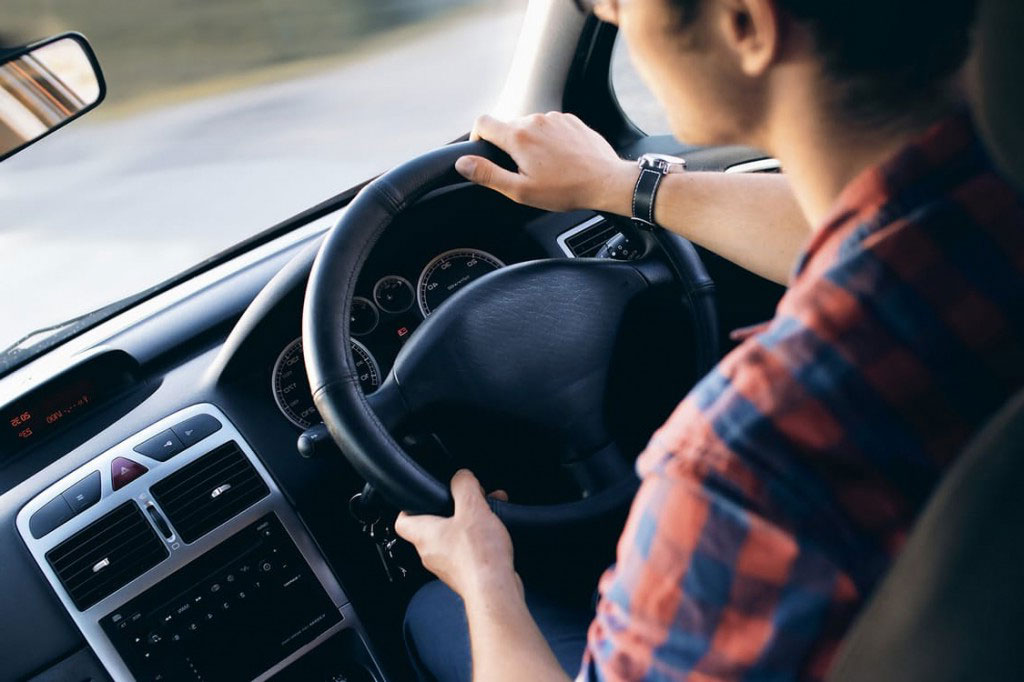
Transitioning to driving an automatic car represents a significant shift in the automotive world, signalling a move towards greater simplicity and efficiency in driving. With the evolution of automobile technology, automatic cars have become increasingly popular, heralding a future where the focus shifts from manual control to enhanced driving pleasure and safety. This step-by-step guide, brought to you by Apex Driving, aims to equip you with the knowledge and skills required to drive an automatic car, ensuring a smooth and enjoyable driving experience.
Step-by-Step Instructions for Driving an Automatic Car
1. Transitioning to Automatic: The Future of Driving
The benefits of driving an automatic car are manifold. Automatic vehicles offer ease of use, reducing driver fatigue by eliminating the need for constant gear changes. This is particularly advantageous in heavy traffic conditions. Moreover, automatic cars typically provide a smoother ride and can be more fuel-efficient in certain scenarios. For those looking to learn, the driving lesson price for automatic cars might be slightly higher, but the investment pays off in the ease and comfort of driving, especially in bustling areas like South London and Croydon.
2. Getting to Know Your Automatic Car
Understanding the layout of an automatic gearbox is crucial. The primary settings include Park (P), Reverse (R), Neutral (N), and Drive (D). Some vehicles also feature additional settings such as 1, 2, and 3 for manual control or modes like Sport. Unlike manual vehicles, automatic cars do not have a clutch pedal; instead, the car automatically selects the appropriate gear based on the driver’s acceleration and braking actions. This simplification makes driving more accessible to many people, making it a popular choice for driving lessons in South London and beyond.
3. Pre-Drive Checklist
Before starting your journey, adjusting your seating position for both comfort and control is essential. Ensure that mirrors are adjusted for optimal visibility, controls are within easy reach, and safety measures, including seatbelts, are securely fastened. This preparatory step is not only about comfort but also about safety, ensuring that you are ready to drive with confidence.
4. Starting the Car
To start an automatic car, insert the key or press the start button, ensuring the gear lever is in Park (P) and the brake pedal is engaged. This process activates the car’s systems without moving the vehicle, setting the stage for a safe departure. Understanding the car’s idle mode, where the engine runs without moving the car, is also vital for efficient driving.
5. Basic Driving Techniques
Transitioning the gear lever from Park to Drive while holding the brake pedal down is the first step in setting the car in motion. Gently releasing the brake and pressing the accelerator will move the car forward. Learning to balance the accelerator and brake pedal is crucial for smooth driving, especially in varying traffic conditions. Cruise control, where available, can aid in maintaining a consistent speed, reducing driver fatigue over long distances.
6. Parking and Stopping
Parking an automatic car involves selecting the appropriate gear – usually Park (P) for stationary parking and applying the parking brake. For safe stopping, smoothly reduce speed and apply the brakes gently, shifting into Park once fully stopped. These techniques ensure safety and vehicle control, which are crucial for driving lessons in Croydon and similar urban environments.
7. Advanced Driving Tips
Adapting to different weather conditions, understanding how to drive economically, and using features like Overdrive for highway driving can enhance your driving experience. These advanced tips can help improve fuel efficiency, reduce wear and tear, and ensure safety in varied driving scenarios.
8. Transitioning from Manual to Automatic
For drivers accustomed to manual transmissions, the shift to automatic requires mental and physical adjustments. The absence of a clutch and the need to use only one foot for both acceleration and braking are significant changes. Emphasising the ease of driving and focusing on the differences in gear selection and vehicle control can aid in this transition, making automatic cars an appealing option for many.
Summary
Mastering the art of driving an automatic car opens up a world of convenience and efficiency, marking a significant step forward in your driving journey. From the basics of understanding your vehicle to mastering advanced driving techniques, this guide aims to provide a comprehensive overview of automatic driving. Emphasising ease, convenience, and safety, Apex Driving remains committed to offering top-notch driving lessons in South London, including Croydon, ensuring that learners are well-equipped to navigate the roads confidently and safely in automatic vehicles. This journey towards automatic proficiency not only enhances your driving skills but also prepares you for the future of driving, where automation and ease take precedence.

